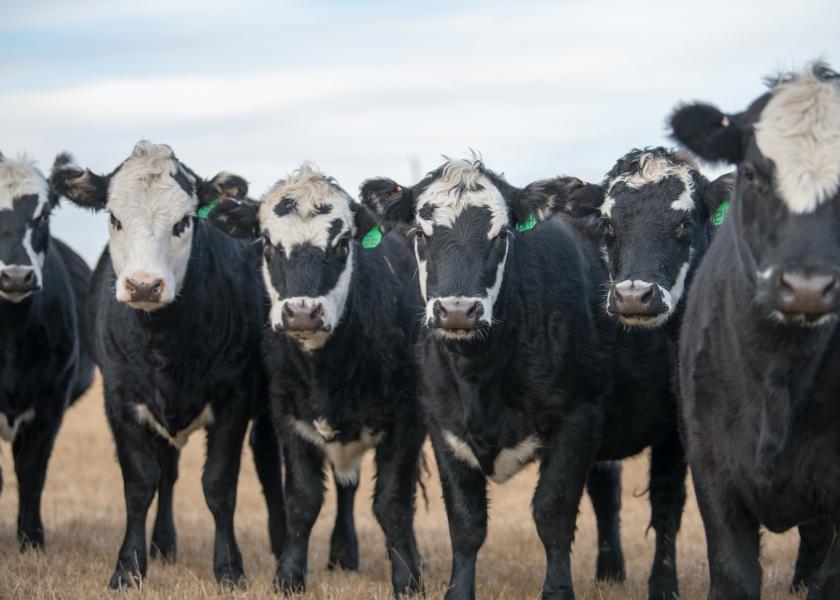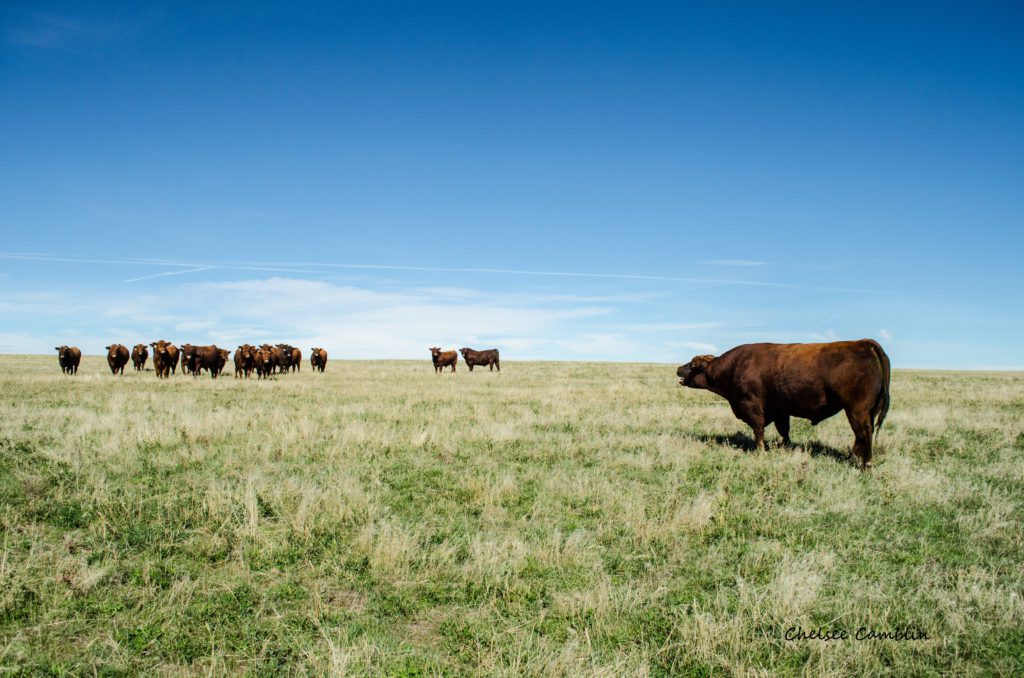As the weaning pens fill and calves are sexed and sorted the second most important decision of the year begins. While sire selection is easily the most important decision a rancher makes, it is simpler due to the number of individuals involved. If you assume a 17% replacement rate and a 30:1 cow to bull ratio for every sire selection decision you must make 5 more heifer retention decisions.
Sire selection decisions are not only less numerous but also have budget constraints. Sure, we all want to turn out a bull battery of sires worthy of standing at stud but for most there is a financial limit to the number and quality of curve benders in the bull pen. The technology to synchronize estrus and deploy timed AI has greatly expanded sire selection options but that’s a topic for another day.
As you look over the heifer sort pen you know a couple items about each heifer: coat color, size relative to contemporaries, and general disposition, anything beyond that requires some sort of records or testing. Those who keep records likely know birthdate, sire, dam and can determine performance relative to contemporaries. In cases where multi-bull pastures are used sire will require further investigation.
While conscious of bull costs, we often consider replacements as sunk costs since they are unrealized revenue rather than out-of-pocket expenses. However, there is real opportunity cost of not putting the heifer on the truck with her steer mates. We previously discussed the $150 premium to keeping heifers this year compared to last due to higher calf prices. Given a 17% replacement rate most will trade these higher costs for greater revenue on the remaining 83% of the calf crop.
Unfortunately, the cost of developing the 17% continues to increase. Feed and forage are limited and if available historically expensive. Worse yet, the cost and availability of freight options make alternative feeds on par with the expensive ingredients. The interest cost of retaining and developing those females is north of $50 / head. That’s just the cost to carry to pregnancy diagnosis next fall, once successful we have another year of expenses before we recognize her revenue standing in the weaning pen fall of 2024.
Thinking about how most replacements are chosen reminds me of poker. Poker playing cattlemen look at the pen of replacements, keep the big ones and fold the small or outliers at weaning, betting on playing the numbers with more information in later rounds.
The approach of breeding season is the flop, we spend a lot of money to stay in this far, the odds tend to be in our favor because we can still get out and sell the heifers as pre-conditioned or potential replacements. We gain a lot of information at this point relative to how the heifers are going to grow and develop, but like poker we still don’t know the most important stuff.
As the heifers come back in late summer, early fall for pregnancy check we get to the turn, here is where most decide to stay in or get out. While non-pregnant long yearling heifers tend to feed well, they have consumed the maximum expense relative with very limited and often marginal marketing options.
Finding a heifer with a new calf up and nursing at calving is like hitting the river, you were betting on it all along, but you are never sure of the payoff. A bottle calf or worse is a bad beat.
If we expand our card game analogy a bit, I’d suggest the blackjack cattleman uses production records to use historical data to make slightly more informed decisions with greater odds of beating the house.
Regardless the game I find I am a far more confident card player when I get to see all the cards. Sure it’s imperfect information relative to what remains in the dealer’s hand but at least you know when your beat. The ability to see how individual players perform in different circumstances using cameras has forever changed the poker and card game industry.
This inside look and ability to get more information earlier is similar to using genetic testing. One of the technologies responsible for changing the dairy industry. Beef on dairy is a topic in the beef supply chain today because dairies know what heifers to keep at weaning and what cows should be bred to beef bulls later in life. Seedstock breeders adopted the same mindset when selecting bulls to develop and females to retain. Genomics provides the opportunity to find curve-bending those sires long before they breed the first cow.
The genomic tools available to commercial cattlemen to make informed heifer retention decisions have proven effective from the pasture to the feedyard. As the cost of keeping a replacement continues to rise, consider incorporating genomic technology into your selection process; sample and test at weaning and be ready to fold the 2 and 7 after the first of the year.
Source: Drovers, Justin Sexten – Precision Animal Health November 9, 2022
Photo: Walz








